Your website should be user-friendly, visually appealing, and provide a seamless user experience. The importance of user testing cannot be overstated in the dynamic world of web development, where trends change so quickly and user expectations constantly change. Designing, testing, and developing your website or application's user interface and experience is critical. Testing the user interface and experience is important to the website and application design process. UX testing ensures that the design meets the users' needs, goals, and expectations, resulting in a seamless and enjoyable user experience. This means that websites and applications can communicate with their target audience while also meeting technical standards. Let's discuss why user testing is important and how it contributes to the web design success of digital products.
What is user testing?
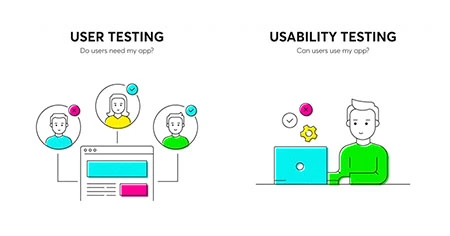
User testing collects user feedback and insights to improve a website's usability. It entails observing users navigating a website, completing specific tasks, and recording their feedback and reactions.
By conducting user testing, you can gain valuable insights into how your users interact with your website and identify areas for improvement to improve the overall user experience.
This can result in improved website discoverability, better information architecture, and a more effective website that meets your business and user objectives.
User testing can also be helpful for benchmarking, A/B testing, mobile testing, prototype testing, and other stages of the design process.
Why AI User Testing is Key to Web Design Success:
Identifying usability issues
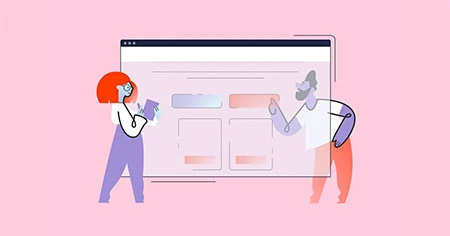
UX testing can assist you in identifying any usability issues with an application's design, such as poor navigation, confusing page layouts, and unclear instructions.
By identifying these issues early on, designers and developers can make changes to improve the overall user experience before launch.
Improving user engagement

A user-friendly, engaging design is required to ensure that users stay on a Web site or application for an extended period. UX testing can help you identify less engaging areas, allowing designers and developers to make the necessary changes to improve the overall experience.
Increasing conversions

A user-friendly website or application is more likely to convert visitors into customers. Businesses can conduct UX testing to optimize their design elements for maximum conversions.
Meeting users' expectations
Users have high expectations regarding the design of Web sites and applications. They expect a clean, modern, user-friendly design that is simple to learn and use. UX testing allows businesses to ensure that all design elements meet user expectations and provide a positive user experience.
Validating Design Decisions
Before launching a website or application, design decisions must be validated through user testing. What appears intuitive to developers may not make sense to users. By conducting usability testing sessions, designers can determine whether their design decisions effectively guide users through the desired journey by encouraging the intended actions, such as signing up for a service or purchasing something.
Save time and money
Resolving usability issues after launching a website or application can be time-consuming and expensive. Conducting UX testing early in the design process allows designers and developers to identify and resolve problems before launch, saving time and money in the long run.
Understanding User Behaviors and Preferences
Getting userfeedback can help developers and designers better understand how users use the website or application. When they see actual users moving through it, teams can identify issues where things are unclear and functions are not in use. Assuming familiarity with figurative language, it is easier to tailor the user interface (UI) and user experience (UX) to the end user's needs.
Gaining a Competitive Advantage
A user-friendly, engaging website or application can provide a significant competitive advantage. Businesses can test UX to optimize design elements for maximum user engagement and satisfaction.
Mitigating Risks and Cost Effectiveness
One way to reduce the risks of a large-scale launch is to learn about the practical issues and identify early signs of poor usability through user testing. Proactively addressing issues allows development teams to avoid costly redesigns or fixes after launching the product. Investing in user testing early on is usually less expensive than doing it later, when there are many other things to consider, such as a complete overhaul of the product after its release.
Ensuring accessibility
Accessibility is essential for ensuring that all users, including those with disabilities, can access and use Web sites and applications. UX testing can help you identify areas where accessibility could be improved, allowing a company to provide a better user experience for all users.
The Role of User Testing in Building Successful Websites and Apps
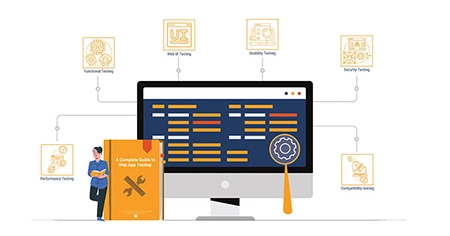
Successful websites and applications are never associated with a single function; instead, they are intuitive, engaging, and responsive to user needs.
Validating assumptions
Ensure that design decisions are consistent with user expectations.
Improving Engagement
Iterative improvements aim to improve user satisfaction and engagement.
Boosting ROI
Increasing conversion rates and maximizing ROI.
Building trust
Creating trust and loyalty among users by providing a seamless experience.
When Should You Conduct UX Testing?
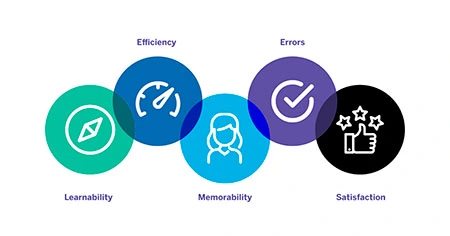
Conduct UX testing throughout the design process, from the initial stages of wireframing and mockup design to the final stages of development. You must conduct testing at all stages to identify problems early on and make the necessary design changes. After launching a website or application, you should conduct UX testing regularly to ensure that it continues to meet the needs and expectations of users.
Who and What Does UX Testing Involve?
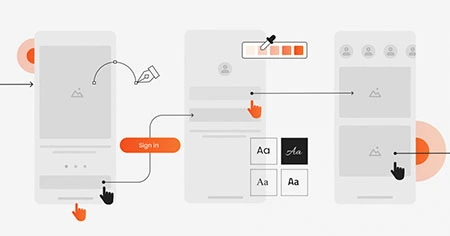
UX testing involves a team of designers, researchers, and developers. The team collaborates to assess the user interface and experience of the Web site or application. The testing process can include a variety of techniques and methods, including usability testing and A/B testing.








